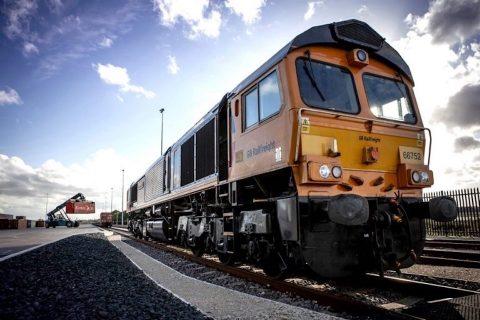English railway line set to reopen after Carlisle freight train derailment

Direct lines are set to reopen between Carlisle and Newcastle and Carlisle and Skipton later this week after. The routes were closed by a major freight derailment in mid October. Engineers from the UK infrastructure agency Network Rail are working round the clock to complete complex repairs at Petteril Bridge junction, on the outskirts of Carlisle. The junction accesses lines east and south of Carlisle, allowing freight traffic to avoid the busy West Coast Main Line. The liens were blocked after several wagons of a train carrying powdered cement came off the track seven weeks ago.
Do you want to read the full article?
Thank you for visiting RailFreight.com. Become a member of RailFreight Premium and get full access to all our premium content.
Are you already a member?
Having problems logging in? Call +31(0)10 280 1000 or send an email to customerdesk@promedia.nl.




